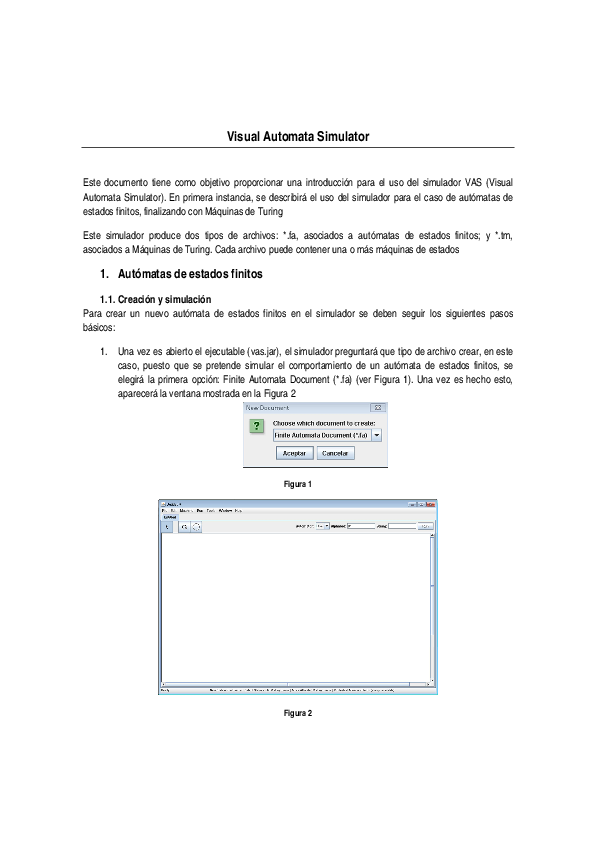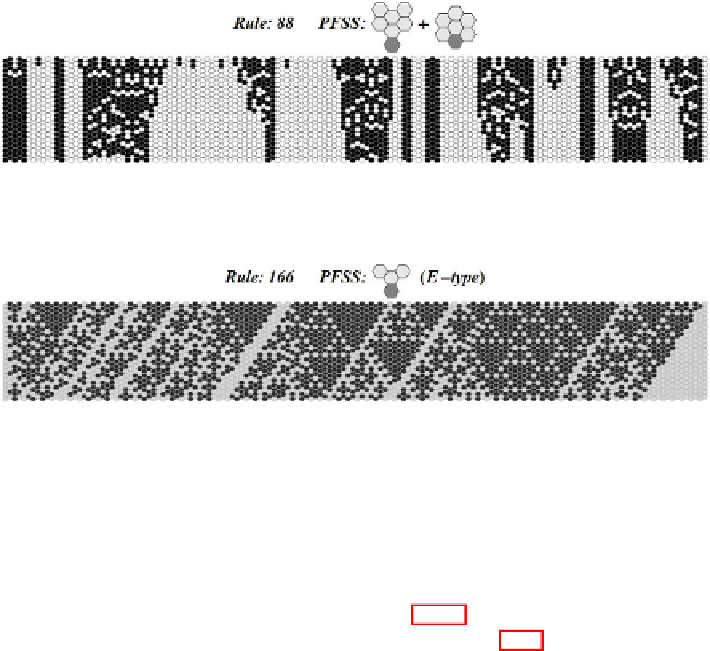

The initial triggering flow may be relatively scanty, yet the subsequent lahar can expand in volume and mass very quickly while running down the volcanic slopes, entraining enormous quantities of loose sediments, rocks, and water. The ultimate scale of these events is determined by the total amount of available water and volcanic sediments. Whenever the local orography assists them, they may travel huge distances before stopping as they are channeled along the bottom of riverine valleys. They are characterized by their high density and viscosity, and speeds of up to 60–70 km/h when they run down steep volcanic slopes. Lahars, also called volcanic debris flows, result from the mixing of processes of water from several sources and pyroclastic sediments. A considerable effort by researchers in this field has been devoted to the forecast and study of lahars near volcanic areas, as this is one of the most devastating natural phenomena when material losses and fatalities are taken into account. The particular focus on natural hazards is mainly due to the need for the application of reliable models in the mitigation of the territorial and environmental disasters that they can cause. The applications of MS are of different types, among them being lava flows, debris/mud/granular flow, soil erosion due to rainfall, pyroclastic flows, lahars, snow avalanches, variably saturated flow in porous media, and even forest fires. For example, complex surface flows have been studied by adopting a modelling and simulation (MS) semi-empirical methodology. Many natural events and phenomena, whose dynamics are highly complex as a result of the local interactions of their constituents, can be described and simulated according to the computing paradigm known as Cellular Automata (CA). Computer simulations of natural hazards of this type represent a powerful tool that can be used when planning for the mitigation of environmental and social risks. The likely consequences of a similar disaster are discussed considering present territorial conditions. This version of LLUNPIY accounts for the triggering event by pyroclastic bombs and has already been validated by its successful simulation of the northbound 1877 cataclysmic lahars of the Cotopaxi volcano. To fill this gap, we applied a version of the semi-empirical Cellular Automata LLUNPIY model to simulate primary and secondary lahars flowing from the summit of the Cotopaxi volcano until they reach the Hidroagoyán Dam in Baños. The Cotopaxi’ lahars have been simulated with the use of different computational models, yet none of them were so extended as to map their entire path to the dam. We forecast the impact that the lahars triggered on the summit of the Cotopaxi volcano in Ecuador would have upon the Hidroagoyán Dam should an 1877-type catastrophic eruption occur nowadays, with disastrous implications for the energy production of Ecuador. Web site of automata theory tools at Duke University, Feb. State University of New York at Binghamton.
Visual automata simulator simulator#
ASSIST: A Simple Simulator for State Transitions. DFApplet, a deterministic finite automata simulator. In Thirty-fifth SIGCSE Technical Symposium on Computer Science Education, pages 99-99, ACM Press, 2004. A visual and interactive automata theory course with JFLAP 4.0. Visual Automata Simulator, a tool for simulating automata and Turing machines.

Jossey-Bass Publishers, San Francisco, 1995. Applications, Minimisation, and Visualisation of Finite State Machines. In Proceedings of the 32nd ASEE/IEEE Frontiers in Education Conference, Boston, MA USA, November 2002.

Active learning in small to large courses.


 0 kommentar(er)
0 kommentar(er)
